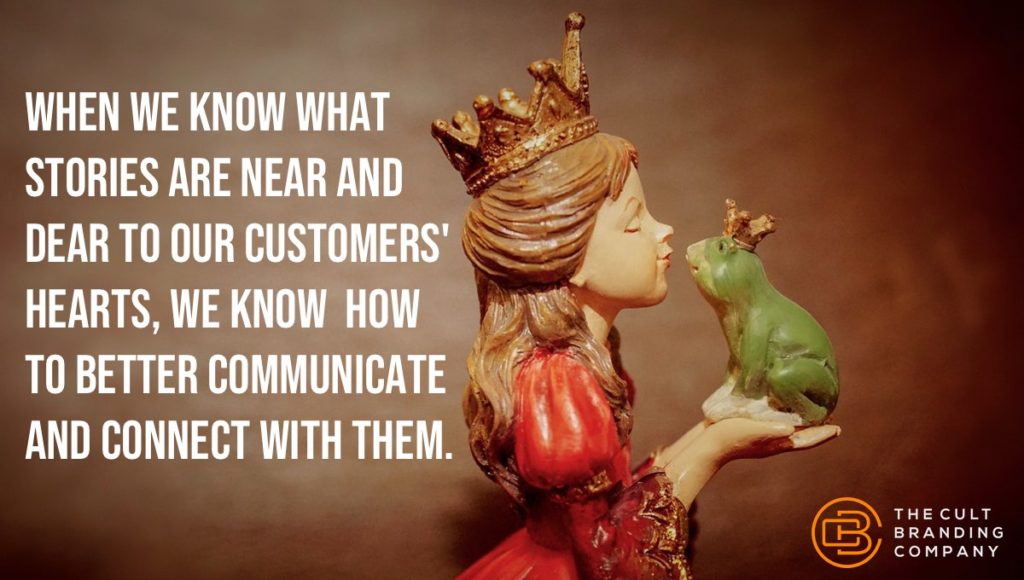
What are fairy tales? Simple stories to keep children entertained in the nursery, perhaps—tales of giants and princesses spun out of simple fancy and wayward whimsy? Perhaps, they’re something more.
Fairy tales are some of the oldest stories in existence. These are tales that have been told since the beginning of time. In one form or another, these stories have been told time and time again to entertain, but also to teach.
The details vary from culture to culture: Europe gave us Hansel and Gretel using their wits to get away from a ravenous witch, whereas Brer Rabbit and his tricky antics originate in the antebellum American South. But, the underlying messages remain the same: there is no obstacle that can’t be overcome if we’re smart, steadfast, and not above being strategically committed to objective truths.
Brand Lovers and their Cultural Stories
Another way to refer to fairy tales—and other old, eternal narratives—is as cultural stories. Although we seldom articulate our connection to cultural stories—the rare exception, perhaps, being the prom or bridal dress shopping experience that leaves us “feeling like a princess”—the truth is that these tales play a pivotal role in our decision making.
Cultural stories connect us to our ideal selves. These are symbolic road maps we use to navigate our way through life—strategic touchstones to reference as we move forward from where we are to where we want to be. Cultural stories provide the framework we see ourselves in, both as individuals and in relationship to others.
It’s critical for brand managers to read this narrative and understand that our customers do the same thing. Consciously or otherwise, the tales we learned as children play a pivotal role in guiding our responses to things that we can’t understand.
Why Fairy Tales Are Important
We use cultural stories to help us understand life experiences. We also use these cultural stories to guide our actions to better navigate what life throws at us. This is where cultural stories guide purchasing behavior.
For example, the man who feels trapped and without choices in a complex world may identify deeply with and long to be the rugged hero who rides out and takes on the unexplored frontier, ready and able to meet the challenges of the world, always confident and capable.
In an effort to alleviate internal tensions—feeling powerless, yet being desirous of change—he may “take on” aspects of this strong hero, in the hope that following the example may endow him with some of the qualities he most admires. Lighting up a Marlboro may deliver a satisfying smoke, but it also lets the zero become the hero. There are twenty opportunities in every pack to be bold, to be fearless, to be the agent of change in one’s own life, to step into the spotlight and star in the story.
What are the cultural stories that most influence your customers? When we know what stories are near and dear to our customers’ hearts, we know how to better communicate and connect with them.
